Public parks have always been more than just green spaces in urban environments. They serve as gathering spots, cultural centers, and the lungs of our cities. These outdoor havens offer residents a place to exercise, socialize, and connect with nature without leaving city limits.
Here is a list of 20 U.S. cities where public parks have evolved beyond simple recreational areas into vibrant social hubs that define community life.
Central Park, New York City

Manhattan’s 843-acre oasis is the city’s backyard, where over 42 million visitors gather annually. Central Park hosts hundreds of events yearly, from summer concerts and Shakespeare performances to yoga classes and bird-watching tours.
The park’s vast lawns become impromptu picnic grounds where strangers often become friends over shared blankets during warm weekends.
Golden Gate Park, San Francisco

This 1,017-acre urban sanctuary in northern San Francisco stretches from the Haight-Ashbury district to the Pacific Ocean. Golden Gate Park transforms into a massive cultural venue during annual events like the Outside Lands music festival and Hardly Strictly Bluegrass.
On Sundays, locals enjoy car-free roads where families on bikes, skateboarders, and rollerbladers reclaim the pavement while street musicians provide the soundtrack.
Like Travel Pug’s content? Follow us on MSN.
Millennium Park, Chicago

Located in downtown Chicago along Michigan Avenue, this 24.5-acre public space has become the city’s premier gathering place. The reflective Cloud Gate sculpture (affectionately called “The Bean”) serves as Chicago’s most popular selfie spot, where tourists and locals mingle.
The Jay Pritzker Pavilion hosts free concerts and movie screenings during summer evenings, turning the great lawn into a massive community living room.
Piedmont Park, Atlanta

This 185-acre greenspace in midtown Atlanta has served as the city’s social crossroads for over a century. Piedmont Park hosts major events like the Atlanta Dogwood Festival and Atlanta Pride, drawing hundreds of thousands of visitors. Weekend warriors flock to the active oval for pickup soccer games, while the park’s meadows fill with yoga practitioners, slackliners, and picnicking families from all over the metropolitan area.
Boston Common, Boston

America’s oldest public park, established in 1634, continues to bring Bostonians together in the heart of the city. The 50-acre Boston Common bridges downtown neighborhoods and serves as a venue for protests, celebrations, and daily social interactions.
Winter transforms the Frog Pond into a beloved skating rink where dates, families, and friend groups glide alongside each other against the backdrop of the city skyline.
Like Travel Pug’s content? Follow us on MSN.
Hermann Park, Houston
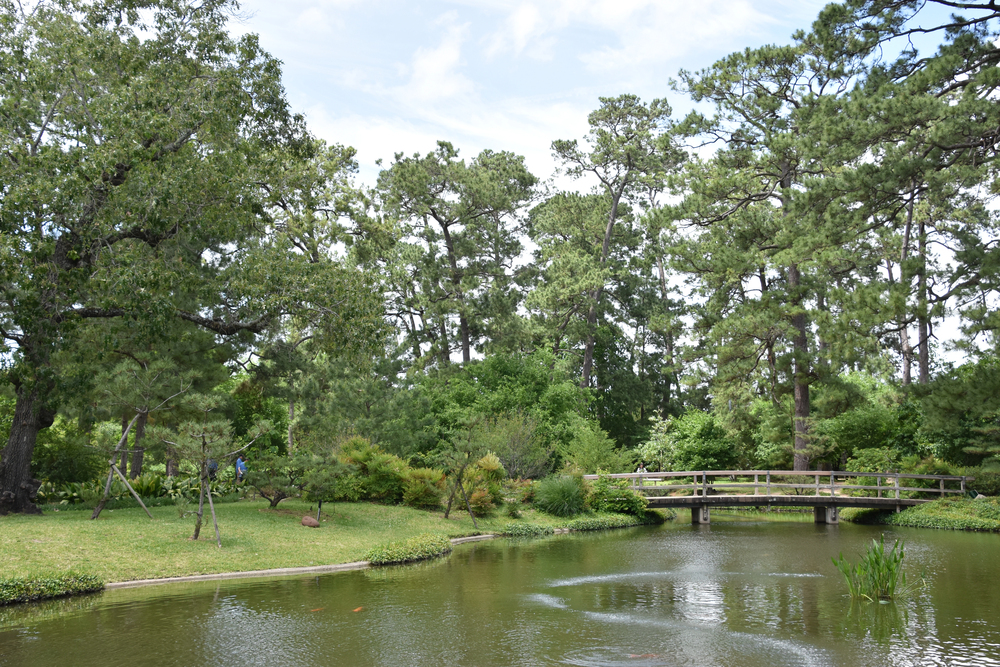
This 445-acre park near the Museum District in central Houston offers a central gathering place in America’s fourth-largest city. Hermann Park’s Miller Outdoor Theatre provides free performances ranging from symphony concerts to cultural dance shows that bring together Houston’s diverse population.
The park’s reflection pool and Japanese Garden serve as peaceful meeting spots for residents seeking respite from the busy urban environment.
Balboa Park, San Diego
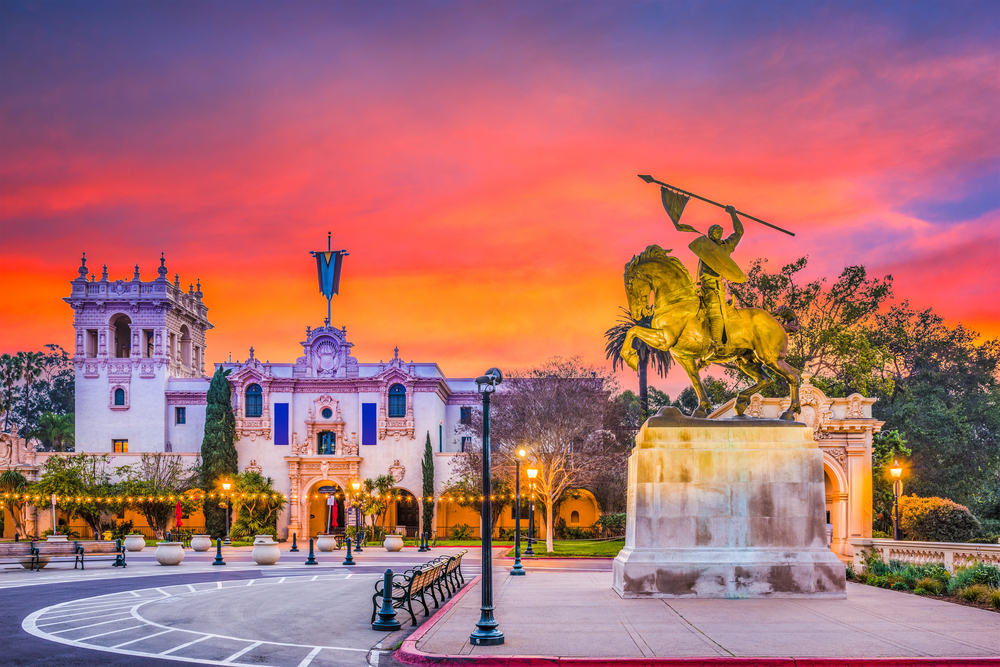
More than just a park, this 1,200-acre cultural complex in central San Diego houses museums, theaters, and the famous San Diego Zoo. Balboa Park’s El Prado walkway buzzes with street performers, artists, and musicians, creating a lively atmosphere for social interaction.
Weekend drum circles attract participants spanning generations and backgrounds, embodying the park’s role as a cultural melting pot for the Southern California community.
Forest Park, St. Louis
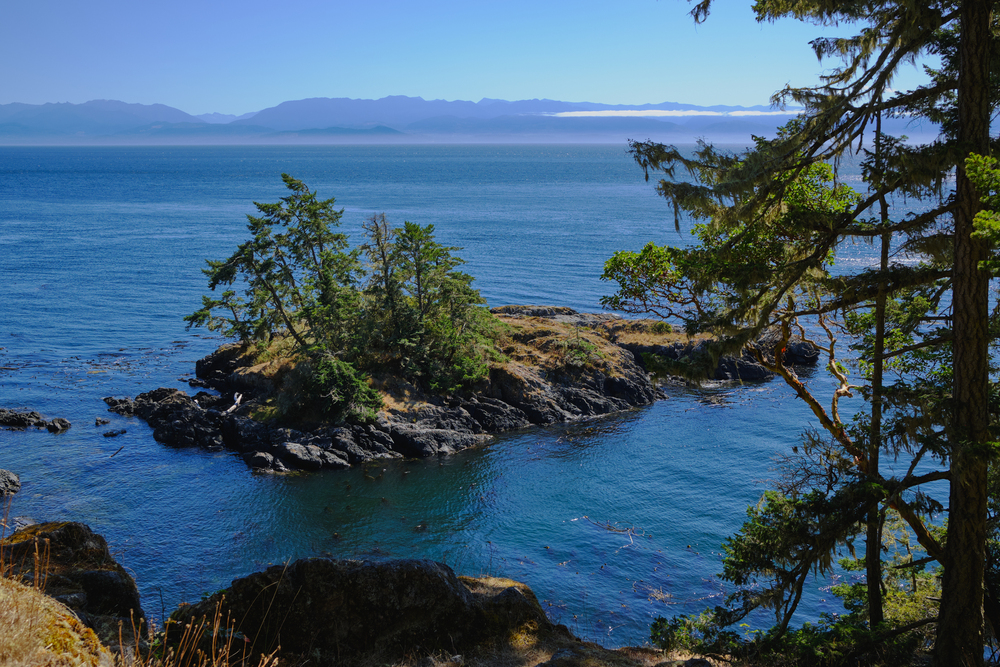
At 1,326 acres, Forest Park, a former 1904 World’s Fair site in western St. Louis, is one of America’s largest urban parks and has become the city’s social centerpiece. Forest Park’s Muny Theater—America’s oldest and largest outdoor musical theater—brings together 11,000 spectators nightly during summer seasons.
The park’s annual balloon race and food festivals transform the meadows into temporary townships of residents seeking entertainment and connection.
Like Travel Pug’s content? Follow us on MSN.
Griffith Park, Los Angeles

Spanning over 4,310 acres in Los Angeles’s Los Feliz neighborhood, this rugged landscape serves as an escape and social venue for Angelenos. Griffith Park’s observatory draws visitors for celestial events where strangers bond over shared astronomy experiences.
The park’s hidden corners host everything from outdoor meditation groups to electronic dance music gatherings, creating micro-communities within the larger park ecosystem.
Washington Park, Portland

This 410-acre park in southwest Portland perfectly captures the city’s outdoor-loving, community-oriented spirit. Washington Park’s rose gardens create a fragrant backdrop for weekend gatherings of friends and spontaneous meetups.
The park transforms during summer with outdoor concerts where locals spread blankets near strangers, sharing food and conversation under the Pacific Northwest sky.
Zilker Park, Austin

This 351-acre recreation area south of downtown Austin embodies the city’s ‘Keep Austin Weird’ ethos as a gathering place for eccentrics and everyone else. Zilker Park hosts the Austin City Limits music festival, transforming into a musical village where over 450,000 fans converge annually.
The park’s Barton Springs Pool—a three-acre natural limestone pool—serves as Austin’s collective swimming pool where diverse groups cool off during Texas heat waves.
Like Travel Pug’s content? Follow us on MSN.
Fairmount Park, Philadelphia

At over 2,000 acres, this sprawling park system along the Schuylkill River represents one of America’s largest landscaped urban parks. Fairmount Park’s historic mansions and modern recreational facilities host everything from outdoor concerts to cultural festivals that bridge Philadelphia’s diverse neighborhoods.
The park’s extensive trail network creates natural meeting grounds for running clubs, dog walkers, and nature enthusiasts throughout Philadelphia’s varied seasons.
Belle Isle Park, Detroit
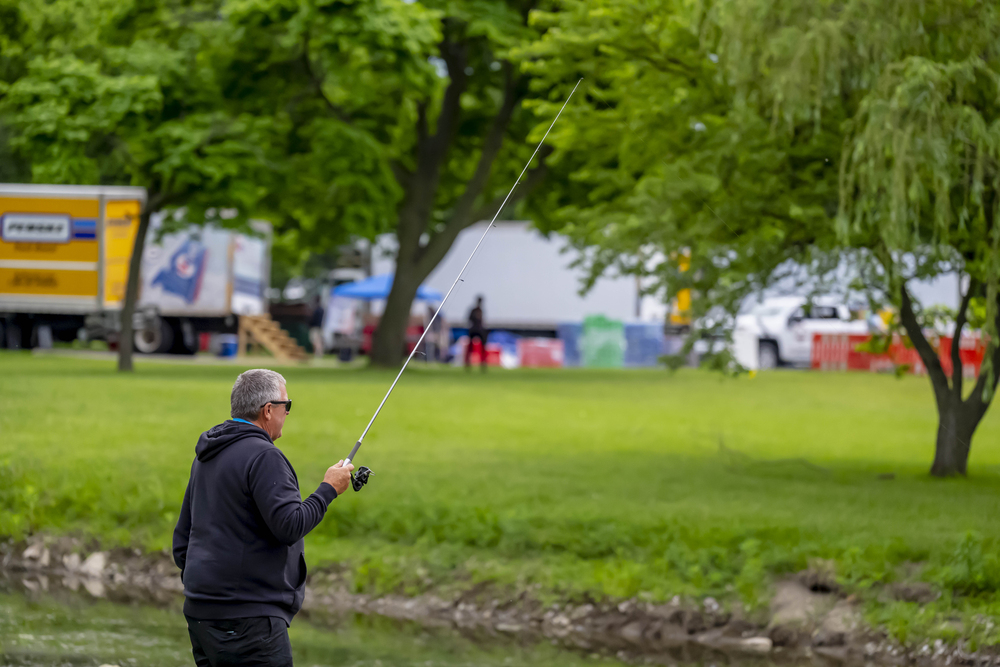
This 982-acre island park in the Detroit River has historically served as the city’s most democratic social space. Belle Isle’s beaches and picnic areas transform into extended family gatherings where multiple generations of Detroiters share traditions and create new memories.
The park’s revival mirrors Detroit’s renaissance, with new kayak launches and revitalized gardens bringing together residents from across the metropolitan area.
Discovery Park, Seattle

Seattle’s largest green space, at 534 acres, offers stunning views of Puget Sound and the Olympic Mountains from the Magnolia neighborhood. Discovery Park’s beaches and meadows host silent disco events and outdoor yoga sessions where Seattleites bond despite the city’s famous ‘freeze.’
During summer, the park’s clearings fill with social groups watching for orcas offshore, creating spontaneous communities of whale enthusiasts.
Like Travel Pug’s content? Follow us on MSN.
Overton Park, Memphis
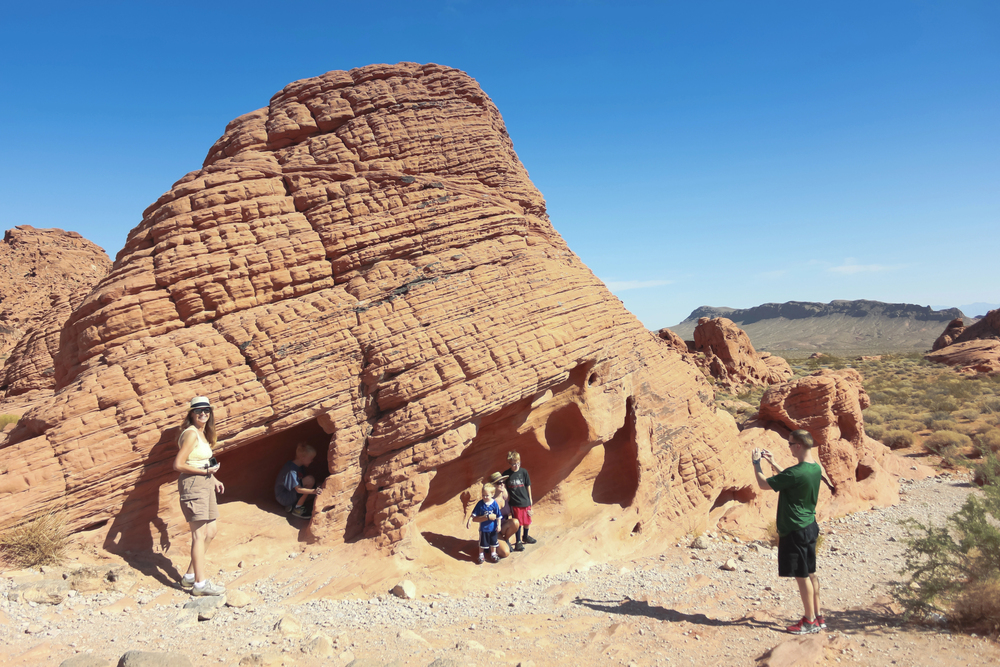
This 342-acre public space in midtown Memphis has fostered social connections since 1901. Overton Park’s Levitt Shell amphitheater—where Elvis Presley performed his first paid concert—continues to bring Memphians together for free music events.
The park’s Old Forest State Natural Area provides shaded paths where neighbors meet while escaping Tennessee summer heat, forming friendships under the ancient canopy.
Prospect Park, Brooklyn
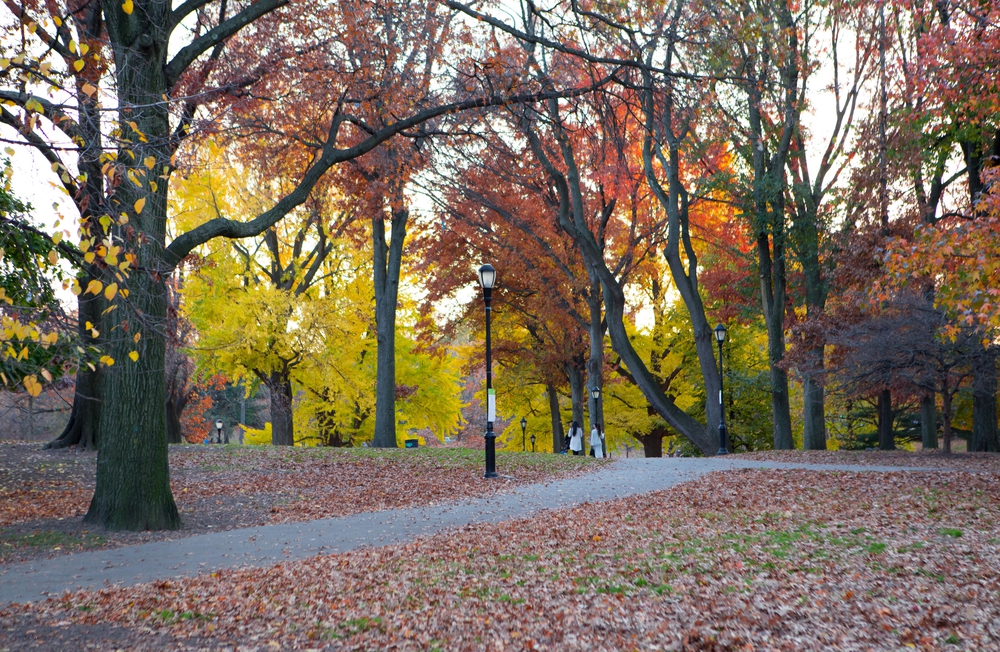
This 526-acre masterpiece, designed by Frederick Law Olmsted and Calvert Vaux, serves as Brooklyn’s premier social landscape. Prospect Park’s Long Meadow—the longest continuous meadow in any U.S. urban park—becomes a mosaic of social gatherings during warm months.
The park’s weekly food truck rallies draw residents across Brooklyn’s neighborhoods, creating a communal dining room where cultural boundaries dissolve over shared meals.
Falls Park, Sioux Falls
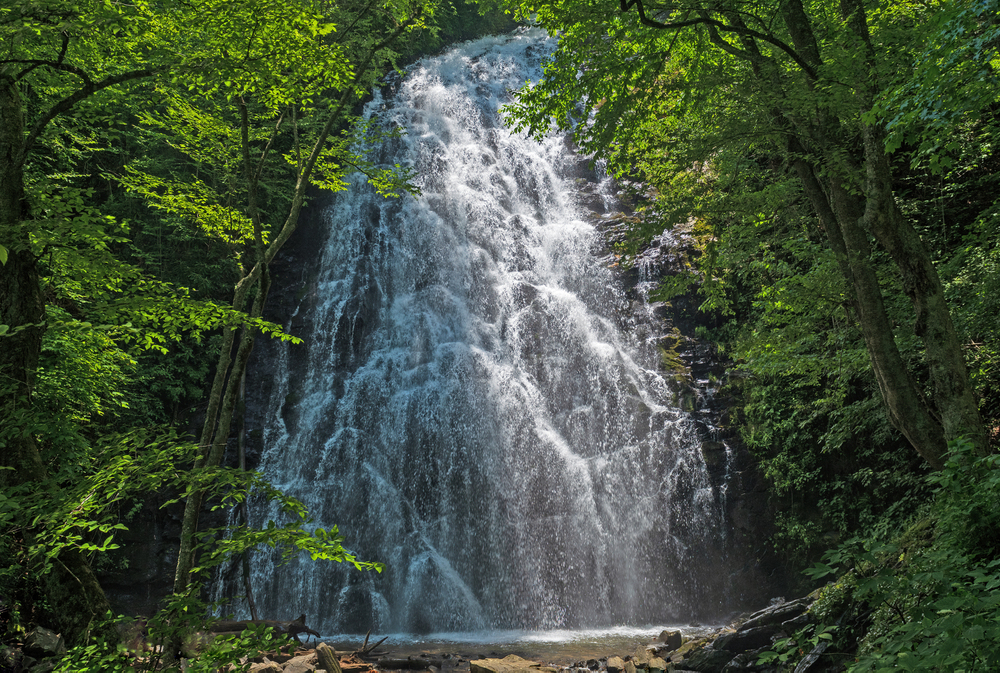
This 123-acre park, built around the city’s namesake falls on the Big Sioux River, represents the heart of South Dakota’s largest city. Falls Park’s viewing platforms bring together photographers, tourists, and locals who strike up conversations while admiring the rushing water.
During winter evenings, the annual Winter Wonderland light display transforms the park into a magical social space where residents reconnect during the coldest months.
Like Travel Pug’s content? Follow us on MSN.
Cherokee Park, Louisville
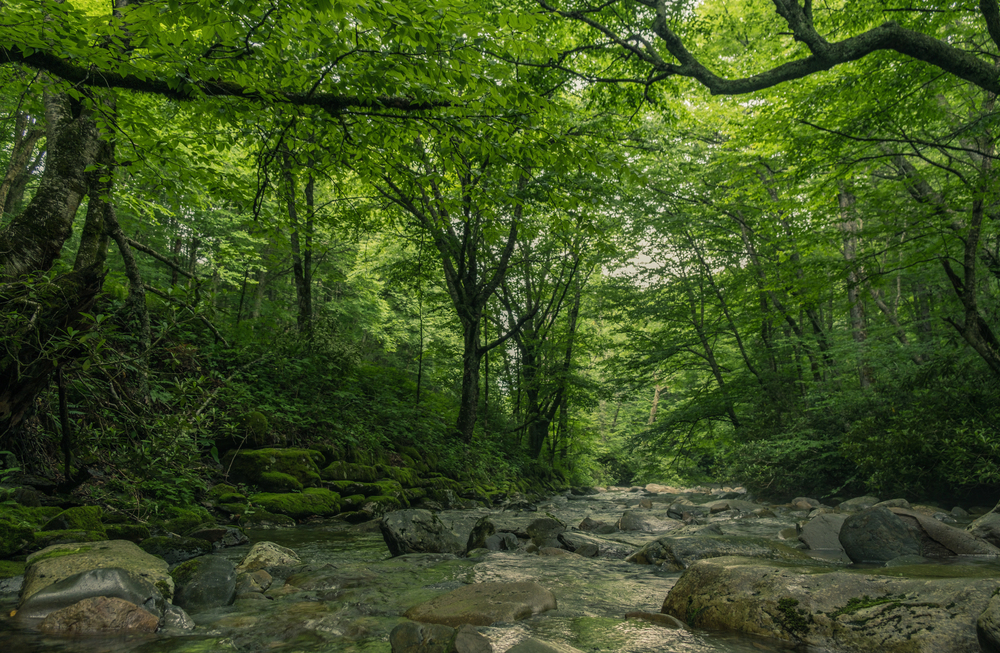
This 409-acre Frederick Law Olmsted-designed park in Louisville’s Highlands neighborhood exemplifies thoughtful urban green space. Cherokee Park’s scenic loop attracts social walkers and joggers who form informal communities based on their regular schedules.
Weekend volleyball games on the park’s courts have created decades-long friendships among participants who started as strangers brought together by this Kentucky landmark.
Patterson Park, Baltimore

This 155-acre East Baltimore park has served as a social equalizer for generations of city residents. Patterson Park’s boat lake attracts diverse groups for remote-controlled boating, creating unexpected connections between enthusiasts across age and background.
The park’s pagoda offers sweeping views of the harbor city, becoming a natural conversation starter between visitors who share the climb to this Baltimore icon.
City Park, New Orleans
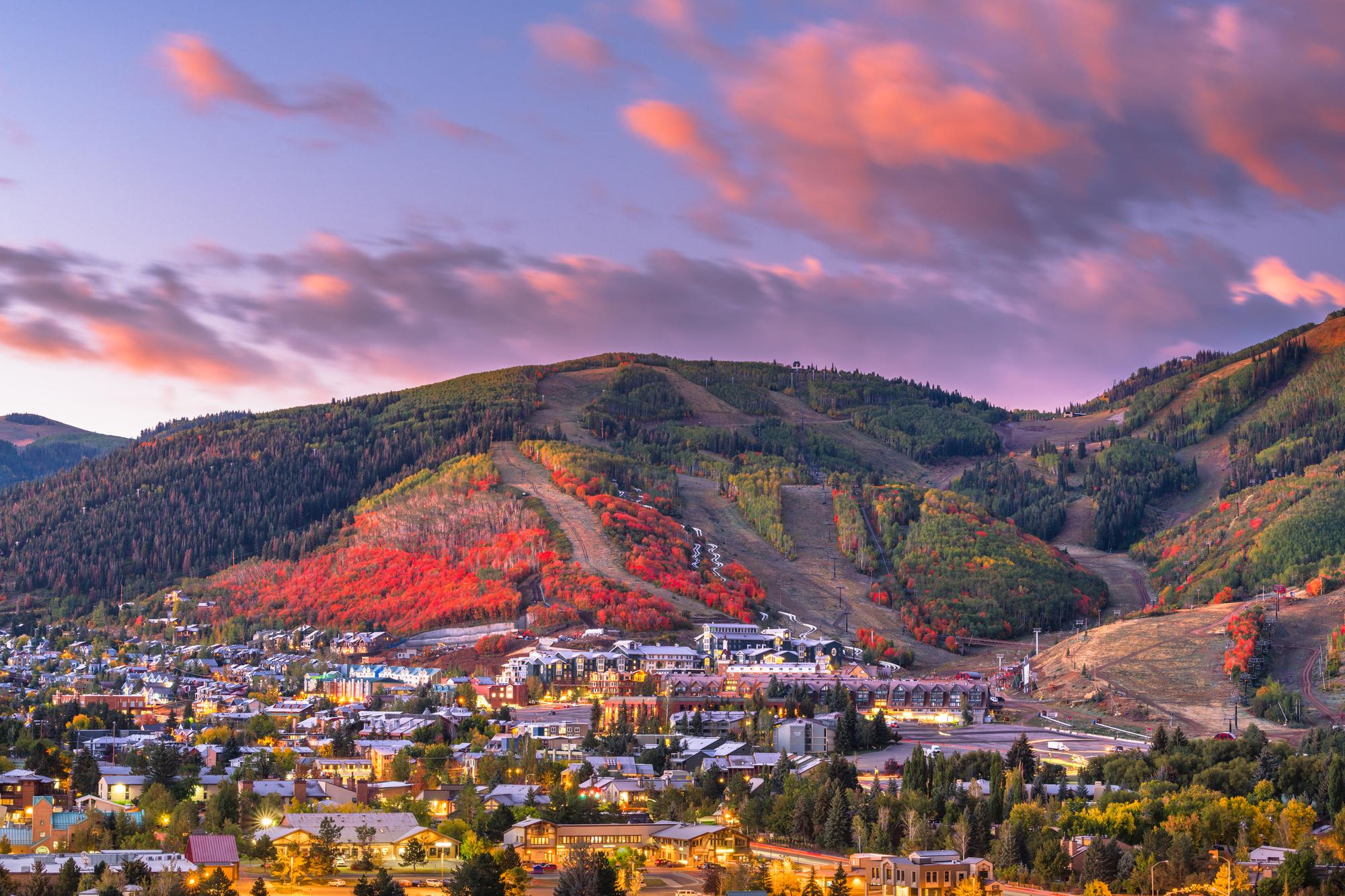
This 1,300-acre outdoor oasis in Mid-City New Orleans contains the world’s largest collection of mature live oak trees. City Park’s Morning Call café is an informal community center where locals gather for beignets and coffee amid Spanish moss-draped trees.
The park’s seasonal festivals celebrate everything from Louisiana seafood to international cultures, creating a social calendar that brings together this diverse southern community.
Like Travel Pug’s content? Follow us on MSN.
Parks as Community Foundations
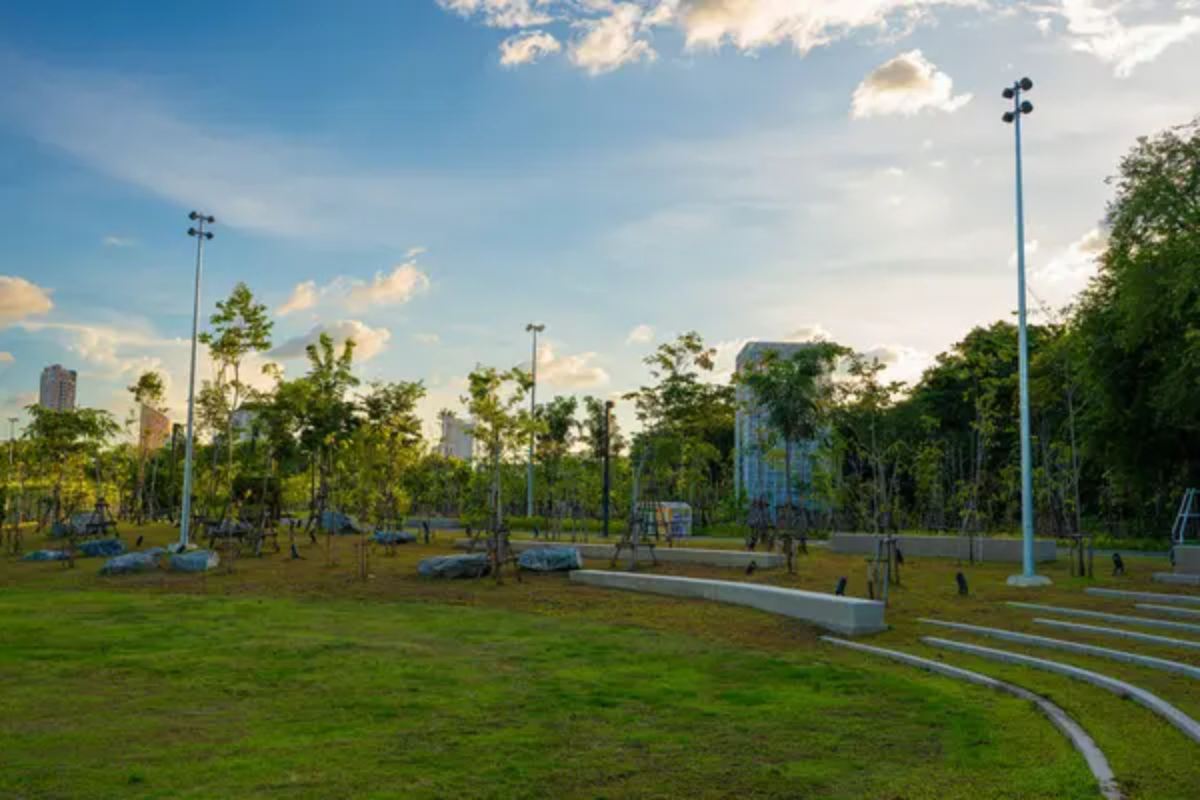
These urban green spaces prove that public parks function more than recreational areas—they’re the social infrastructure that brings cities to life. These 20 examples demonstrate that parks create accessible venues where chance encounters, shared experiences, and community traditions flourish.
Their continued vitality reminds us that physical gathering places remain essential to urban social health in an increasingly digital world.
More from Travel Pug

- Cities Growing so Fast You Won’t Recognize Them in 10 Years
- 13 Destinations Where Tourists Regularly Regret Their Trip
- 16 U.S. Cities That Are Quietly Becoming Travel Hotspots
- Where to Travel If You Love Long Bus Rides and Daydreams
- 20 Cities Perfect for Solo Travelers Who Crave Adventure & Culture
Like Travel Pug’s content? Follow us on MSN.
